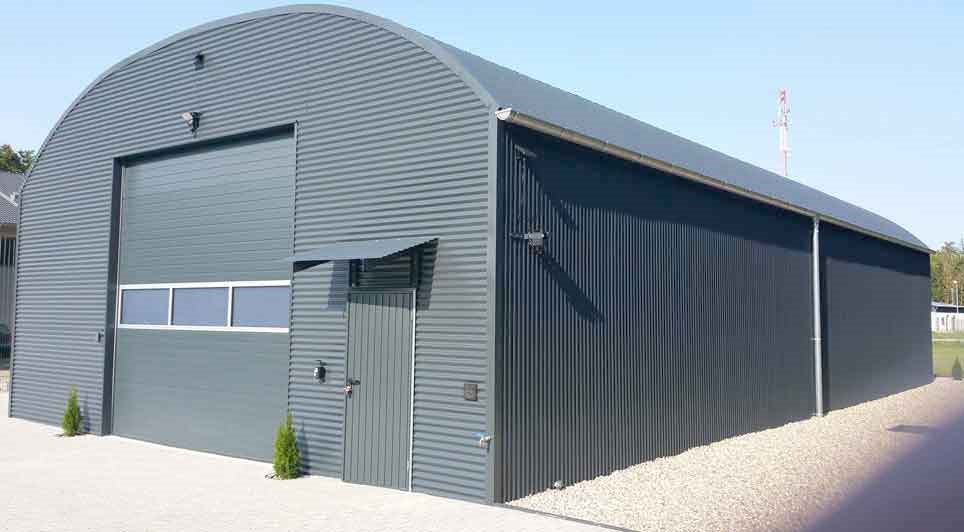False self-employment and casualisation grew in the construction industry last year, according to figures obtained by construction union UCATT.
A freedom of information request by the union revealed that the number of workers who received payments via the Construction Industry Scheme (CIS) increased last year.
HM Revenue &Customs confirmed that 963,000 workers received payments via CIS in 2014/15, adding that, "this figure will increase later this year as a result of some returns being made late."
The figure is a 39,000 increase on the 924,000 workers paid via CIS during 2013/2014.
UCATT said the increase in the use of CIS is 'surprising' as in April 2014, the Government introduced new rules that prevented agencies and other 'intermediaries' from employing workers on a self-employed basis.
The rule change has forced hundreds of thousands of workers to operate via umbrella companies, yet it was expected to result in a fall in the number of workers employed via CIS.
Brian Rye, National Secretary of UCATT, said: "These figures show the fragmented mess that the construction industry is in. The Government's changes which were meant to reduce false self-employment clearly haven't worked while at the same time hundreds of thousands of workers are being employed by agencies via umbrella companies.
"It is clear that the only way to resolve the problem is for fundamental change with workers either being classed as employees or being genuinely self-employed in business for themselves. Further tinkering of the rules will just make the situation worse."
In 2012, UCATT estimated that false self-employment in construction was costing the Exchequer £1.9 billion per annum.
The principle beneficiaries are employers who avoided paying £1.2 billion in employer's national insurance contributions.
 UK
UK Ireland
Ireland Scotland
Scotland London
London





















